Work Grievance Letter Template for Professional Resolution
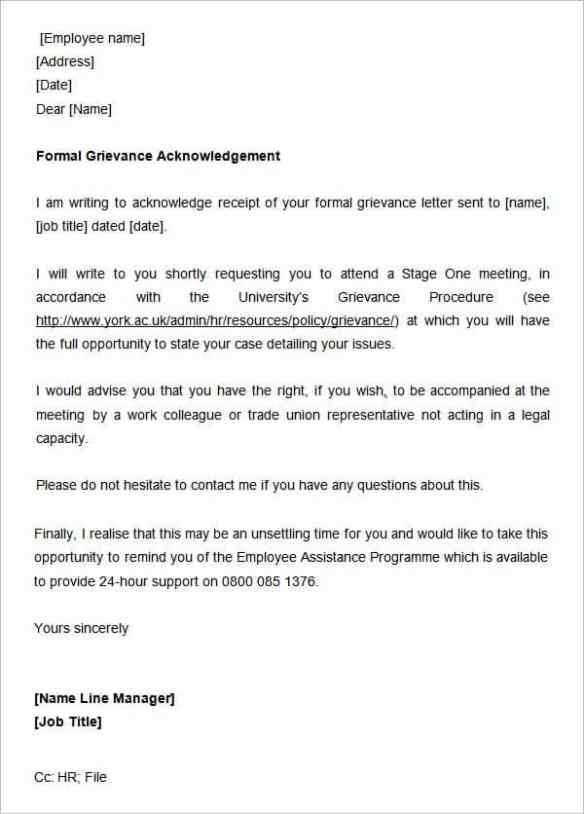
Addressing issues in a professional environment can often feel challenging, but having a clear and structured approach can make the process more manageable. In situations where there is a need to formally express dissatisfaction or raise a concern, putting your thoughts down in writing becomes an essential tool. Crafting a well-constructed communication is key to ensuring your message is understood and acted upon appropriately.
Essential Elements for Clear Communication
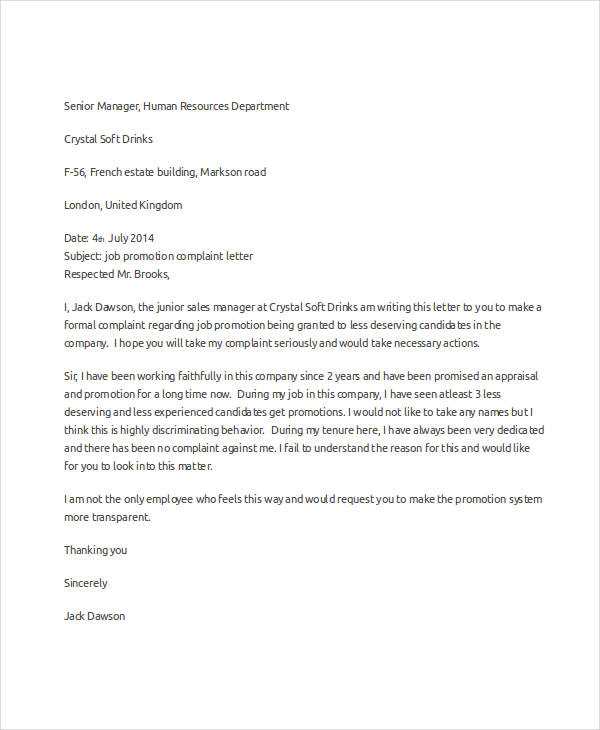
When addressing a problem in a professional setting, it’s crucial to include specific details that clarify the issue while remaining respectful and concise. A clear structure ensures the recipient can easily grasp the points you’re raising. Consider incorporating these elements:
- Introduction: Start by briefly explaining the nature of your concern.
- Context: Provide background information that highlights the significance of the issue.
- Desired Outcome: Clearly state what you hope to achieve from the discussion.
- Concluding Statement: End on a positive note, showing your willingness to cooperate towards a solution.
How to Begin Your Message
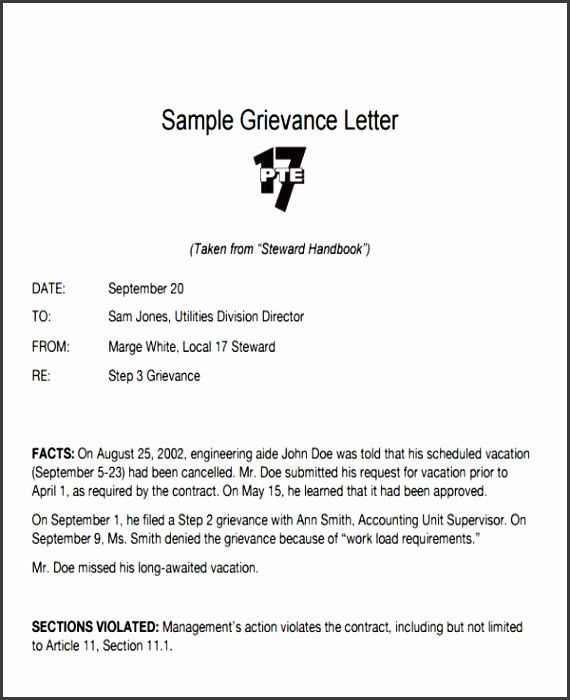
The first step is to open with a polite and professional tone. It’s important to maintain a neutral stance to avoid any escalation. Focus on the facts rather than emotions, ensuring that your words are aimed at resolving the matter rather than assigning blame.
Avoid Common Pitfalls
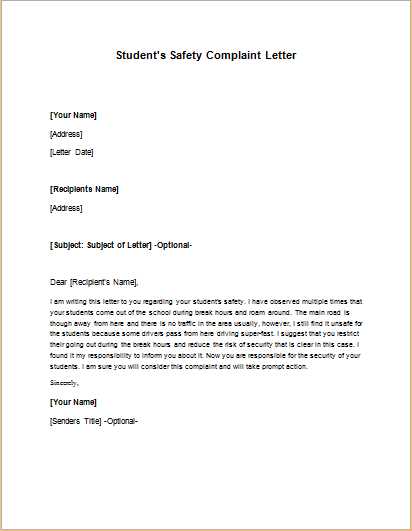
Many individuals make the mistake of focusing too much on negative language or presenting exaggerated statements. Keep your message objective and solution-oriented. Avoid making assumptions or accusations. The goal is to highlight the problem without turning the conversation into a confrontation.
When and How to Send the Communication
Timing plays an important role in how your message will be received. It’s best to address concerns when you have a clear understanding of the issue and have considered the potential outcomes. Ensure that you send your message through an appropriate channel, whether through email or internal communication systems, and allow adequate time for a response before following up.
Understanding the Importance of Addressing Concerns in Writing
Raising issues within a professional environment can be a daunting task. However, having a formal approach to express dissatisfaction or concern is crucial to resolving conflicts effectively. By communicating clearly in writing, employees can ensure that their points are understood and given proper attention, which often leads to positive outcomes. A well-structured message can help convey the issue while maintaining professionalism and respect for all parties involved.
Key Elements for Constructing a Clear Message
When outlining a concern, it is essential to present the details in a concise and logical manner. Key components should include:
- Introduction: A brief overview of the issue at hand.
- Details: Specific facts that clarify the situation and its significance.
- Desired Outcome: Clearly state what you expect as a resolution.
- Conclusion: A courteous ending that shows willingness for further discussion.
Effective Writing Techniques for Better Communication
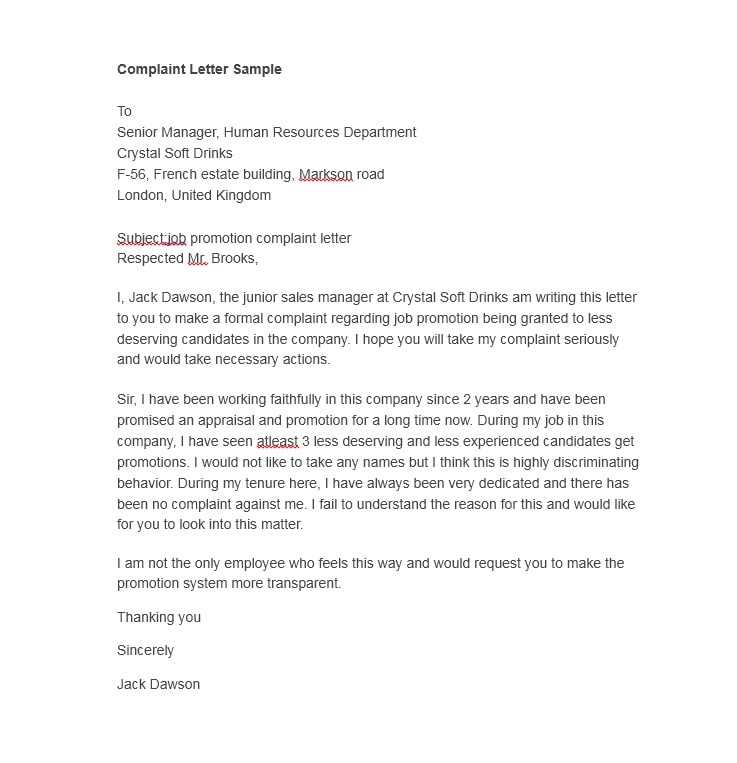
Clear and effective communication is essential in addressing workplace concerns. Begin by maintaining a professional tone and staying focused on the facts. Avoid unnecessary emotional language or overly detailed explanations. Keeping the message direct and solution-oriented will improve the likelihood of a positive resolution.
It’s also important to avoid common mistakes, such as being overly vague or overly critical. Focus on being constructive, not confrontational. Be sure to proofread your message for clarity and professionalism before submission.
Choosing the right moment to address an issue is equally important. Make sure you’ve gathered all relevant information and chosen an appropriate time to send your communication, allowing enough time for a thoughtful response.